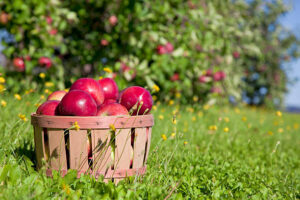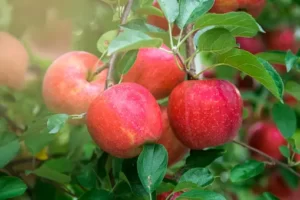Apple trees are one of the most popular fruit trees to grow in home gardens and orchards. They produce delicious and nutritious fruits that can be eaten fresh, cooked, juiced, or preserved. It can be a great investment for both commercial growers and backyard enthusiasts. However, maintaining a healthy apple orchard requires effort, knowledge, and dedication.
In this blog post, we’ll explore some tips for maintaining a healthy apple orchard.
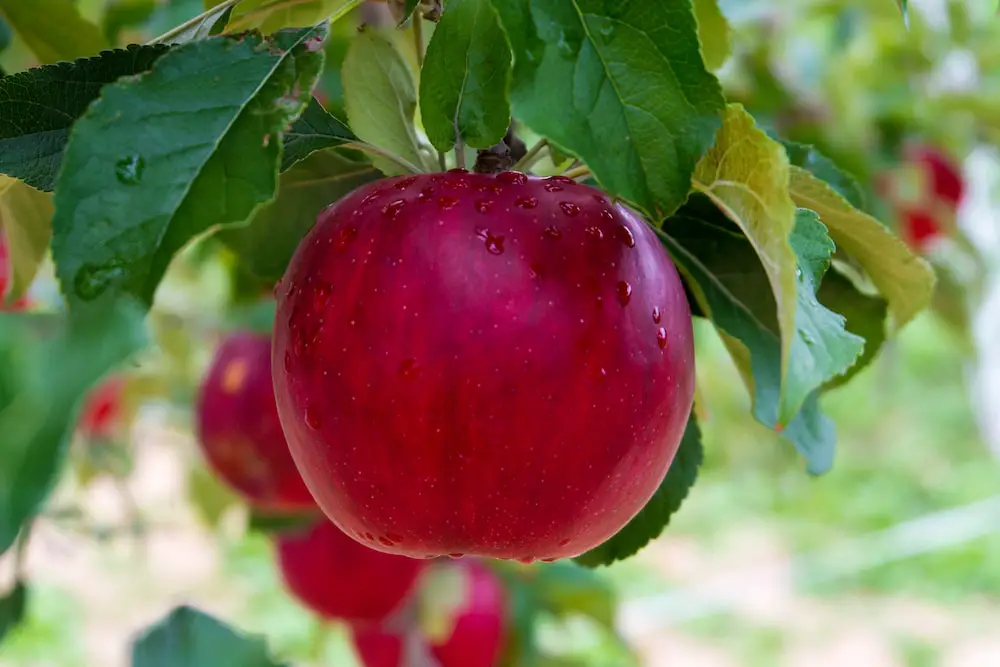
Planting
The first step in establishing a healthy apple orchard is to choose the right location and plant the right variety. Apples require full sun and well-draining soil. It’s important to choose a location with good air circulation and avoid planting in low-lying areas where cold air can settle. Planting disease-resistant varieties can also help reduce the risk of diseases that can damage the orchard. They also need enough space to grow and spread their roots and branches. The ideal planting distance depends on the rootstock and the pruning method you use but generally ranges from 10 to 20 feet apart. When planting your apple trees, dig a hole that is twice as wide and as deep as the root ball, and fill it with a mixture of soil and compost. Place the tree in the hole so that the graft union (the point where the scion and the rootstock are joined) is about 2 inches above the soil level. Backfill the hole with soil and water well.
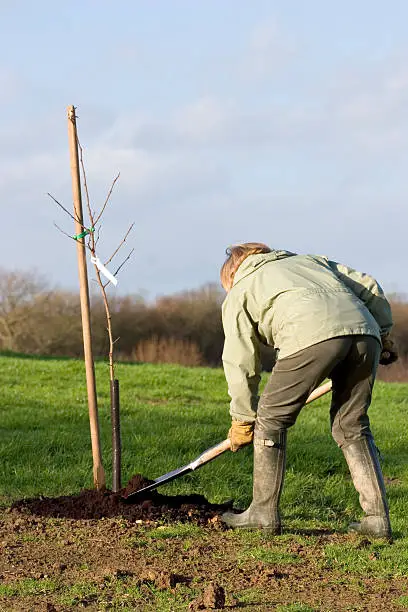
Pruning
Pruning is an essential practice for maintaining the health and productivity of apple trees. Pruning helps to remove dead, diseased, or damaged wood, improve air circulation and sunlight penetration, and promote the development of new fruiting wood. Pruning should be done in the dormant season, and it’s important to use sharp and clean pruning tools to prevent the spread of diseases. You can also do some light pruning in summer to remove water sprouts or suckers. The basic principles of pruning are to remove any branches that are crossing, rubbing, broken, diseased, or dead; to thin out crowded branches, and to maintain a balanced and open structure.
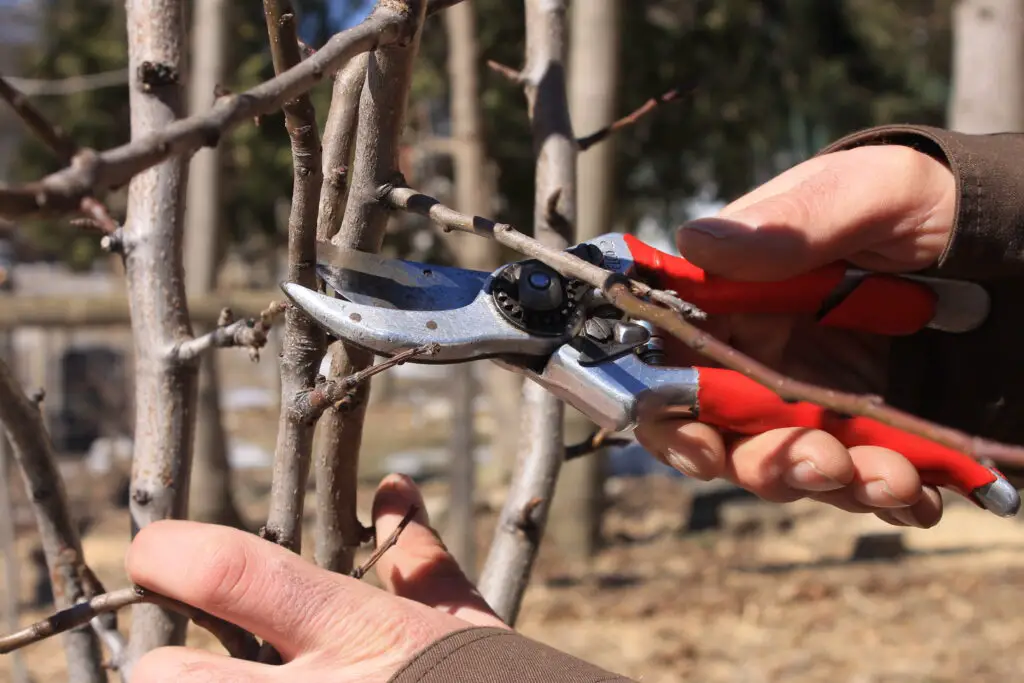
Fertilization
Fertilization is important for maintaining the health and productivity of apple trees. A soil test can help determine if the soil is lacking in any essential nutrients, and fertilization can be adjusted accordingly.
Organic fertilizers can be a great choice for apple orchards, as they provide slow-release nutrients and help improve soil health. You can also add compost or manure to improve soil fertility and structure
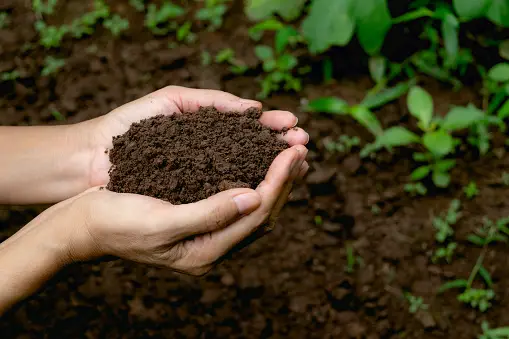
Pests can damage apple trees and reduce yields. Apple trees are prone to various pests and diseases that can affect their health and yield. Some of the common ones include aphids, mites, caterpillars, borers, scale insects, apple scabs, fire blight, powdery mildew, cedar apple rust, and apple maggot.
Regular monitoring of pests and diseases is essential for maintaining a healthy apple orchard. It’s important to choose an appropriate pest management program that includes a combination of cultural, biological, and chemical control measures. It’s also important to follow label instructions when using pesticides and to use them only as a last resort.

Apples require adequate water for optimal growth and productivity. Depending on the location and soil type, apple trees may require regular irrigation during dry spells. Over-watering can be just as damaging as under-watering, so it’s important to monitor soil moisture levels and avoid over-watering.
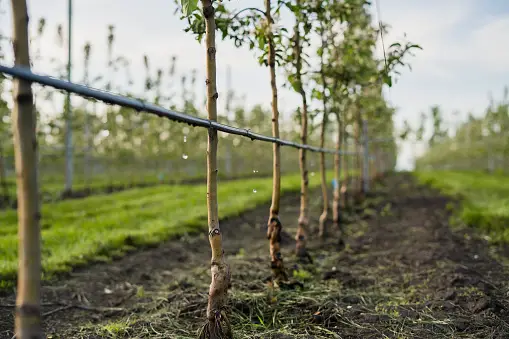
Harvesting
Harvest your apples at the right time. The best time to harvest your apples depends on the variety and the purpose of use. Generally speaking, apples are ready to harvest when they have reached their full color, size, and flavor; when they separate easily from the stem; and when the seeds are brown.
You can also test the ripeness by cutting an apple open and checking the flesh color (it should be white or cream) and texture (it should be crisp and juicy). To harvest your apples, gently twist them off the branch or use a fruit picker tool. Handle them carefully to avoid bruising or damaging them.
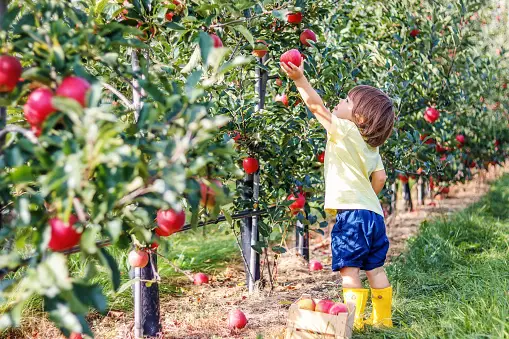
Storing and Preservation
Store your apples properly. Apples can be stored for several months if kept in a cool, dark, humid place with good ventilation. The ideal storage temperature is between 32°F and 40°F (0°C and 4°C), and the ideal relative humidity is between 90% and 95%. You can store your apples in plastic bags with holes punched in them, in cardboard boxes lined with newspaper or straw, or in wooden crates with slats. Make sure to separate different varieties of apples and check them regularly for signs of decay or damage.
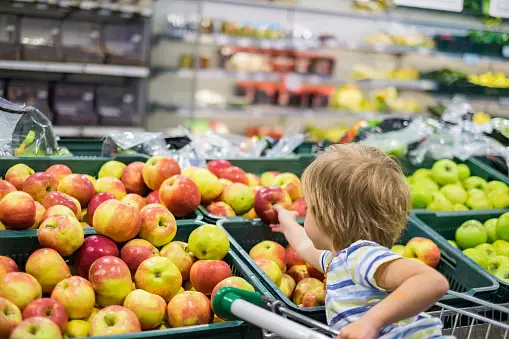
Final Thoughts
Maintaining a healthy apple orchard requires knowledge, effort, and dedication. By following these tips for planting, pruning, fertilization, pest management, irrigation, and harvesting, you can maintain a healthy and productive apple orchard for years to come. Be sure to consult with local experts for guidance on the best management practices for your specific orchard, and enjoy the fruits of your labor.

